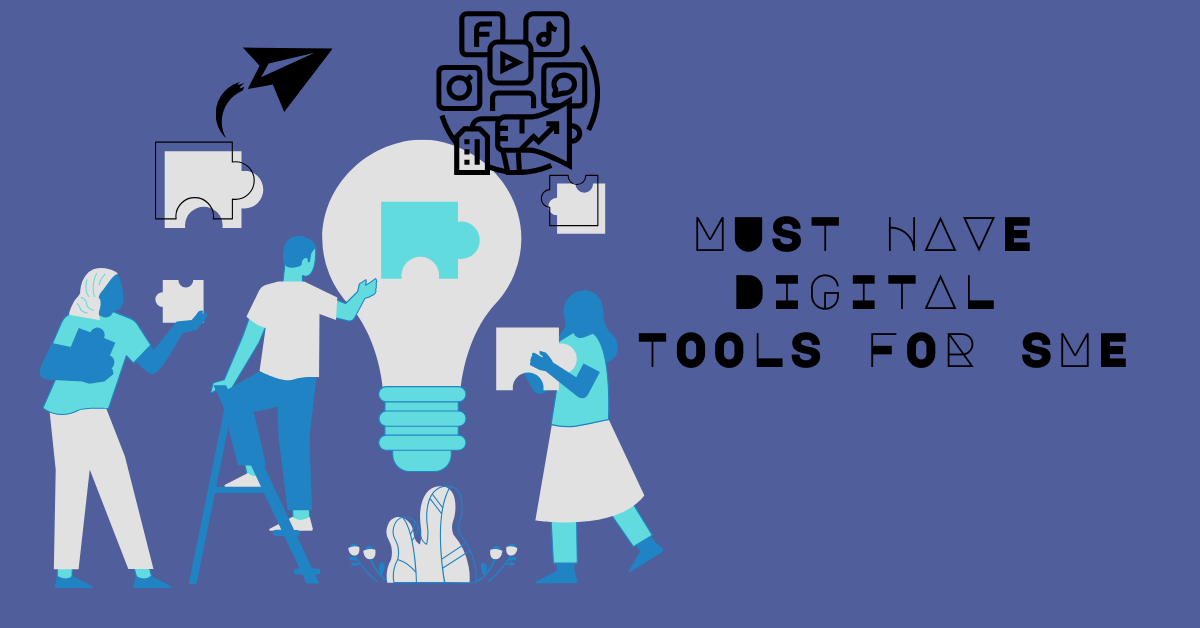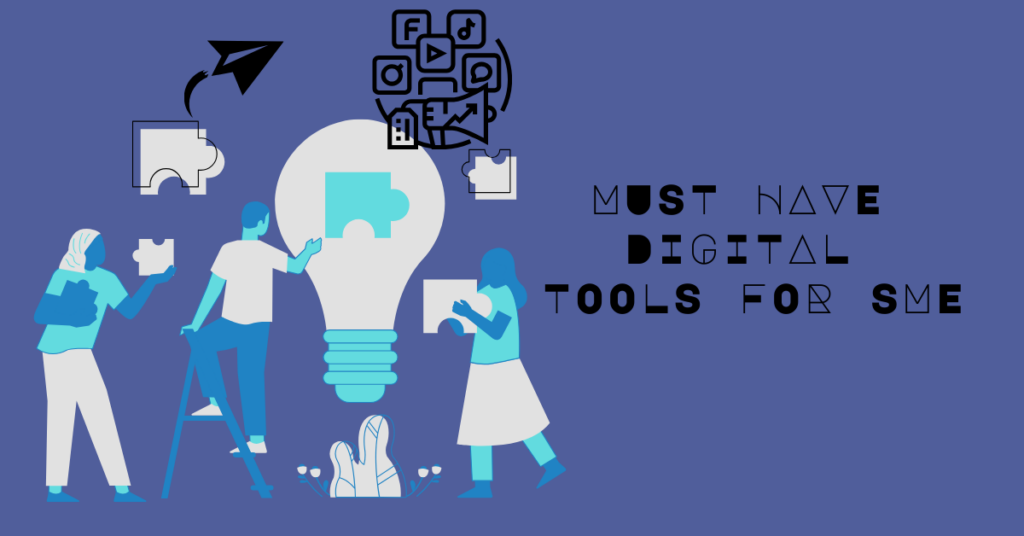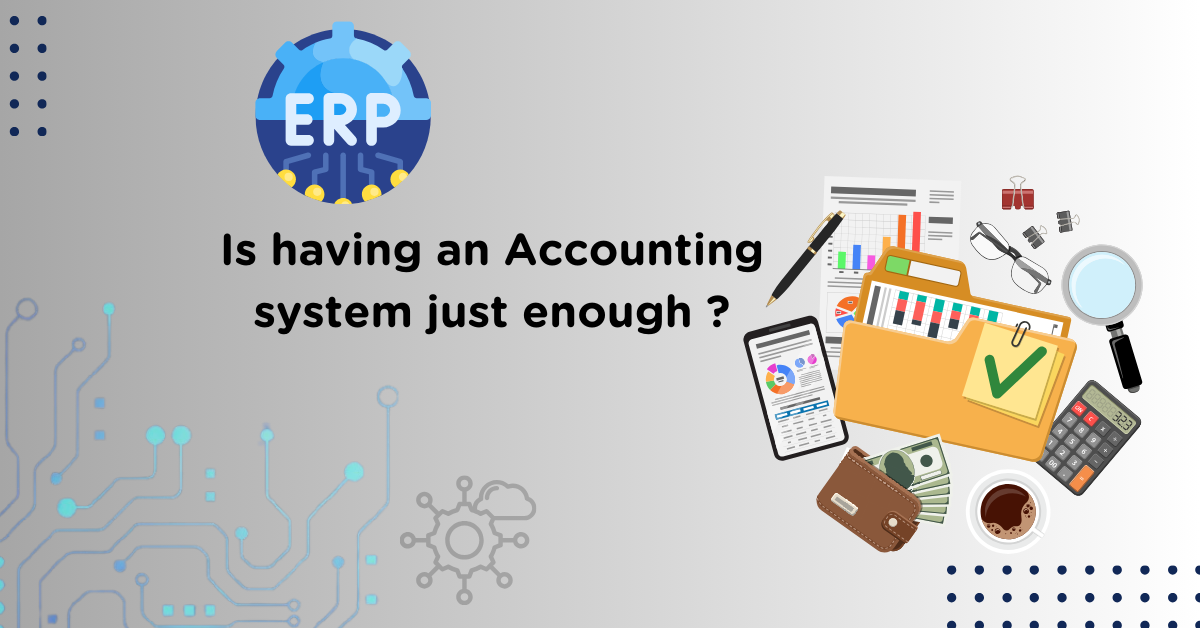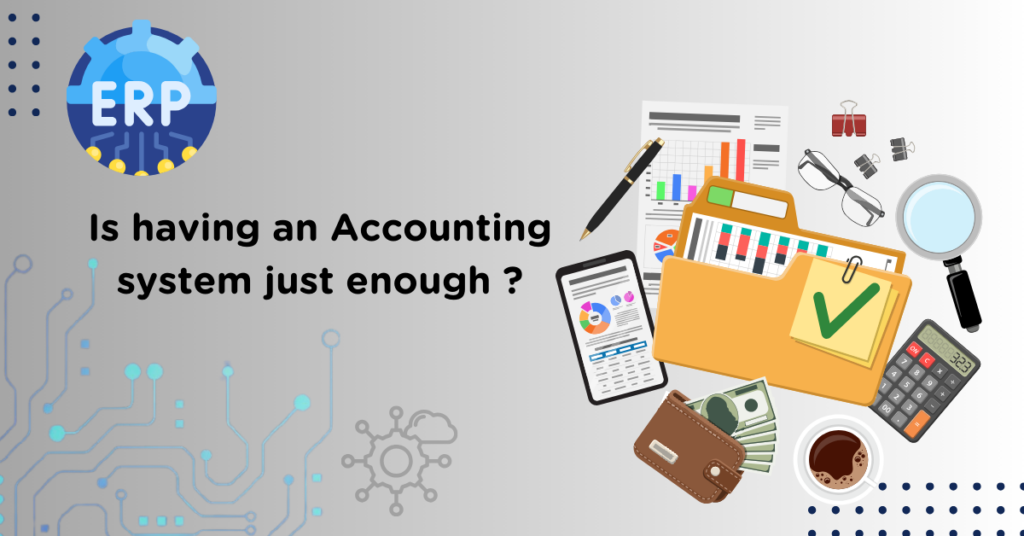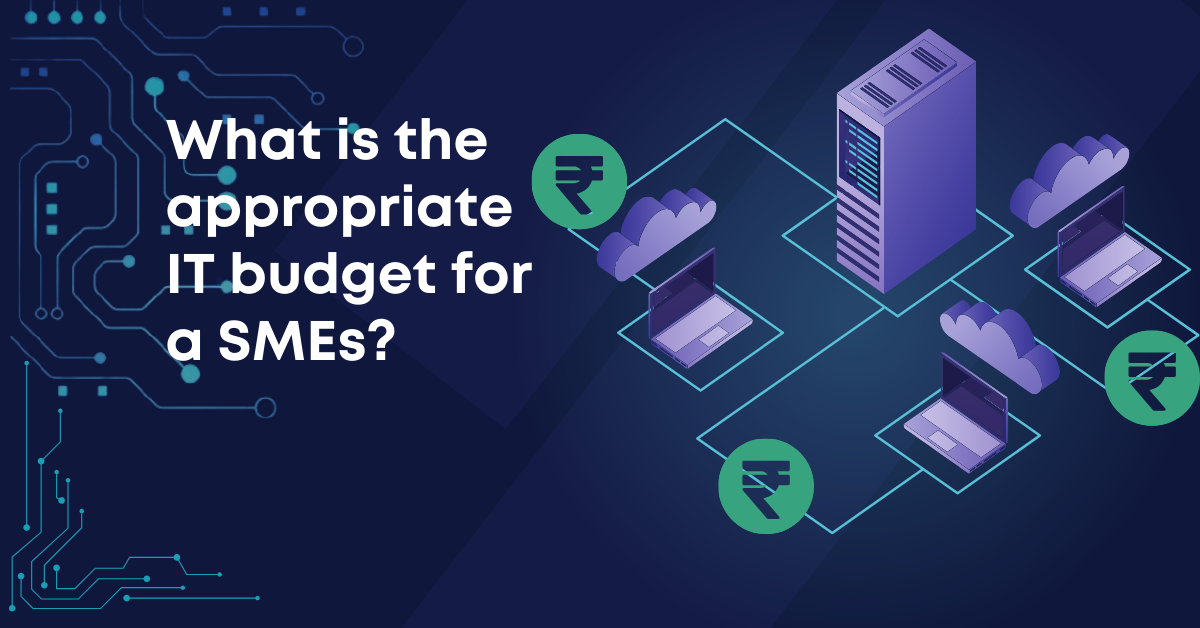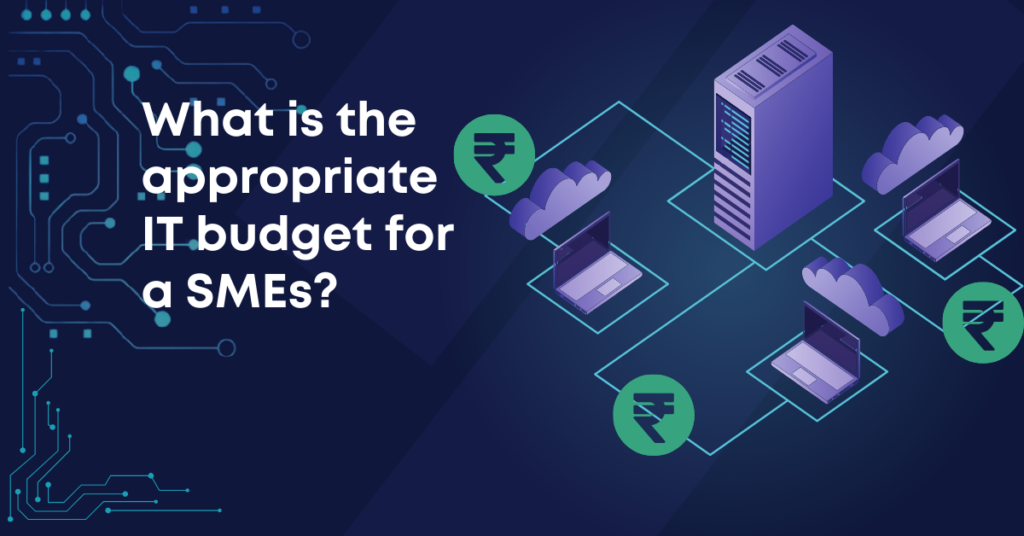
Busting the ERP Myth – Not for SME
The go-to solution for most larger businesses facing operational challenges is an enterprise application suite that offers integrated management of all business aspects. Similarly, SMEs require technology that grows with them, streamlines processes, and maintains agility without sacrificing efficiency.
Despite its benefits, enterprise resource planning (ERP) software has long been perceived as too costly, complex, and feature-heavy for SMEs. The traditional view equates applying ERP to SME challenges to using a flamethrower to kill a mosquito—an overkill solution that might do more harm than good.
However, ERP has evolved significantly, debunking many misconceptions held by SMEs. In fact, a global IDC study reveals that 92% of SMEs identified as leaders (those outperforming their peers) are either using ERP software or planning to do so.
Myths about ERP
ERP is made for Large enterprises
The belief that ERP is exclusively designed for large companies is a misconception. ERP software is suitable for businesses of all sizes, ranging from small enterprises to large corporations. The crucial factor in determining the need for an ERP system is the complexity of the business processes, rather than the company’s size.
Any organization with multiple departments or intricate business processes that require integration and streamlining can benefit from an ERP system. Nowadays, many small and medium-sized businesses are adopting ERP systems to enhance their operations and improve efficiency. Additionally, with the availability of cloud-based ERP solutions, SMEs can easily implement ERP systems without the need for costly hardware or IT infrastructure, enabling them to stay competitive and cost-effective.
ERP is Costly
The belief that ERP systems are too costly for small to medium-sized Enterprises (SMEs) is a misconception. In reality, opting for an ERP solution can yield significant long-term benefits by reducing operational expenses.
Here are several ways in which an ERP system can help SMEs reduce operational costs:
1. Improved efficiency: ERP systems automate numerous business processes, reducing the need for manual labor and consequently lowering labor costs.
2. Better inventory management: SMEs can optimize inventory levels with an ERP system, minimizing excess inventory and reducing the risk of stockouts, thus saving money tied up in inventory.
3. Streamlined financial management: ERP systems streamline financial operations, minimizing errors and ensuring compliance with regulations, which can ultimately lower costs associated with financial management.
4. Enhanced customer service: By providing better access to customer data, ERP systems enable faster response times and personalized service, thereby improving customer satisfaction and loyalty.
5. Informed decision-making: ERP systems provide real-time data and analytics, empowering SMEs to make better decisions and respond more quickly to changing market conditions, potentially reducing costs associated with poor decision-making.
Additionally, Cloud-Based ERP Solutions have become increasingly available, offering a more cost-effective option for SMEs. These solutions require less upfront investment in hardware and software and can be easily scaled up or down as needed, making them more accessible and affordable for SMEs.
Implementation of ERP is irksome
While implementing an ERP system can be complex, it’s a common misconception that it’s irksome. With proper planning, clear communication, and adequate training, the process can be smooth and successful.
Key factors for a successful ERP implementation include:
1. Thorough planning: A well-planned process helps identify potential challenges and keeps the project on track.
2. Clear communication: Effective communication among stakeholders, including IT teams, business users, and consultants, is crucial.
3. Training and education: Providing comprehensive training ensures effective system utilization.
4. Choosing the right software: Selecting an ERP system tailored to the organization’s needs with dedicated support can mitigate implementation challenges.
ERP system is limited to the IT department
While the IT department plays a crucial role in the implementation of enterprise resource planning (ERP) systems, it’s a misconception to consider ERP solely as an IT system belonging exclusively to the IT department. ERP involves input from all departments and requires ownership from frontline workers to upper management.
Though the IT department is instrumental in ERP implementation, the success of ERP ultimately depends on the collaboration and involvement of every business department. Each department is integral to the overall success of ERP, and their active participation ensures ef
ERP, SCM, CRM and MRP are all same
CRM, ERP, MRP, and SCM are distinct systems that cater to different aspects of business operations and target various types of businesses. They can be deployed individually or in combination based on a company’s specific needs.
– Customer Relationship Management (CRM) focuses on managing interactions with customers and prospects, helping to enhance customer satisfaction and drive sales.
– Enterprise Resource Planning (ERP) integrates core business processes such as finance, HR, inventory, and procurement into a single system, providing a unified view of operations and facilitating streamlined workflows.
– Manufacturing Resource Planning (MRP) is specifically designed for manufacturing businesses, assisting in production planning, scheduling, and inventory control to optimize manufacturing processes.
– Supply Chain Management (SCM) involves the management of the flow of goods and services, including procurement, production, inventory management, and logistics, to ensure efficient operations and customer satisfaction.
While these systems may overlap in functionality to some extent, they serve distinct purposes and cater to different business needs. Companies may choose to implement one or more of these systems depending on their industry, size, and operational requirements.
Numerous myths surround ERP solutions, but it’s essential not to rely on them. Sorting out the faulty information is crucial for making appropriate decisions for your organization. To know more about ERP software for SMEs, Visit this website: https://proteustech.in/erp-software/

